YouTube video of Rashi in use
The main RASHI project home page is here.
Rashi screen shots (and authoring tools)
RASHI Tutorial for Human Biology Cases.
Large poster description of RASHI (2003).
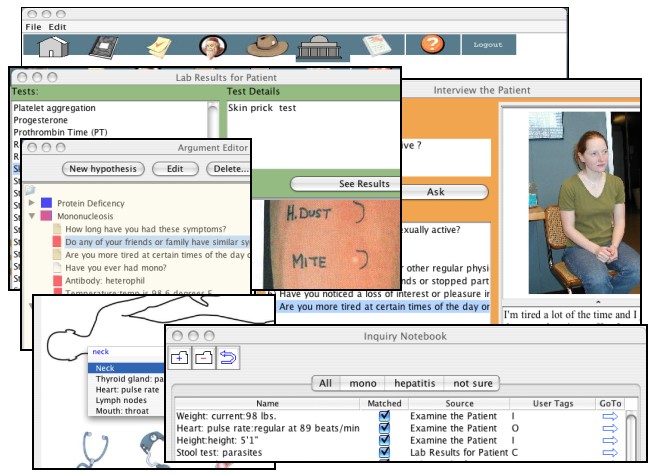
(Return to Tom Murray's home page)
YouTube video of Rashi in use The main RASHI project home page is here. Rashi screen shots (and authoring tools) RASHI Tutorial for Human Biology Cases. Large poster description of RASHI (2003).
|
 |
Rashi is a domain independent architecture for inquiry learning environments. It contains tools that allow learners to gather data, pose multiple hypotheses, and create arguments that support hypotheses by linking to supporting or refuting data. We have used Rashi to build inquiry learning environments in human biology, geology, forest ecology, and art history, all for undergraduate level students.
Toby Dragon, T., Wool, B., Marshall, D. & Murray, T. (2006). Coaching Within a Domain Independent Inquiry Environment. In Mitsuru Ikeda, Kevin D. Ashley, Tak-Wai Chan (Eds.).Intelligent Tutoring Systems: 8th International Conference, ITS 2006, Jhongli, Taiwan, June 26-30, 2006 Proceedings, pp. 144 - 153. Springer Berli: Heidelberg.
Murray, T., Woolf,B., Rath, K., Marshall,D., Bruno,M., Dragon,T., Kohler,K., Mattingly,M. (2005). Evaluating Inquiry Learning Through Recognition-Based Tasks. In C. K. Looi & G. McCalla & B. Bredeweg & J. Breuker (Eds.), 12th International Conference on Artificial Intelligence in Education, AIED 2005. Amsterdam, The Netherlands, July 2005, pp. 515-522.
Woolf, B., Murray,T., Marshall,D., Bruno,M., Dragon,T., Mattingly,M., Kohler,K., Murray,D., Sammons,J. (2005). Critical Thinking Environments for Science Education. In C. K. Looi & G. McCalla & B. Bredeweg & J. Breuker (Eds.), 12th International Conference on Artificial Intelligence in Education, AIED 2005. Amsterdam, The Netherlands, July 2005, pp. 702-709.
Murray, T., Woolf, B. & Marshall, D. (2003). Toward a generic architecture and authoring tools supporting inquiry leaning. Proceedings of AIED-2003 Sydney.
Murray, T., Bruno, M., Woolf, B., Marshall, D., Mattingly, M., Wright, S. & Jellison, M. (2003). A Coached Learning Environment for Case-Based Inquiry Learning in Human Biology. In Richards, G. (Ed.), Proceedings of World Conference on E-Learning in Corporate, Government, Healthcare, and Higher Education 2003, Phoenix, Arizona, November 2003. Chesapeake, VA: AACE, pp. 654-657.
Murray,T. Winship, L. Woolf, B., Bruno, M., Stillings, N. (2003). Two
Approaches to Supporting Scientific Inquiry Skills
in Post-Secondary Education: Simulation-based Inquiry and Coached Hypothesis
Investigation. Poster Paper for
AACU 2003 -- Technology, Learning, and Intellectual Development Conference.
From the RASHI Medical Diagnosis Tutor:
Main Screen, Case Description Tool
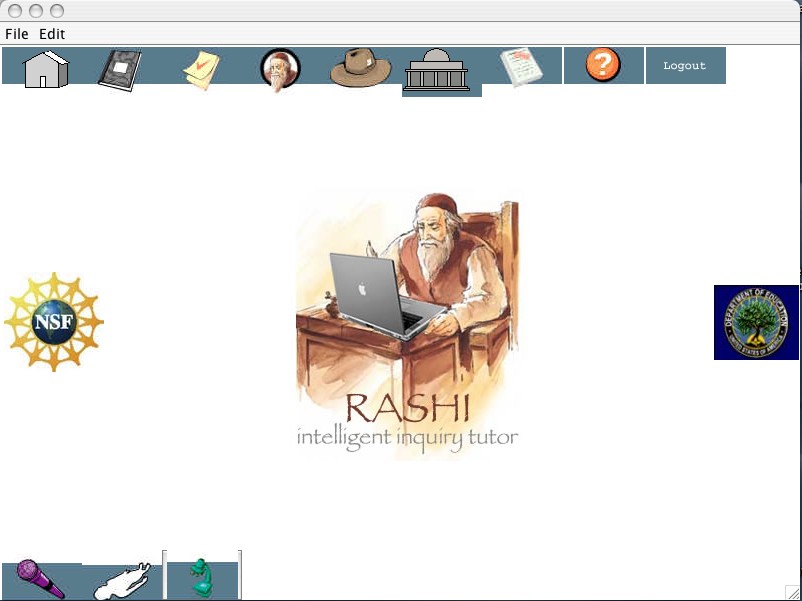
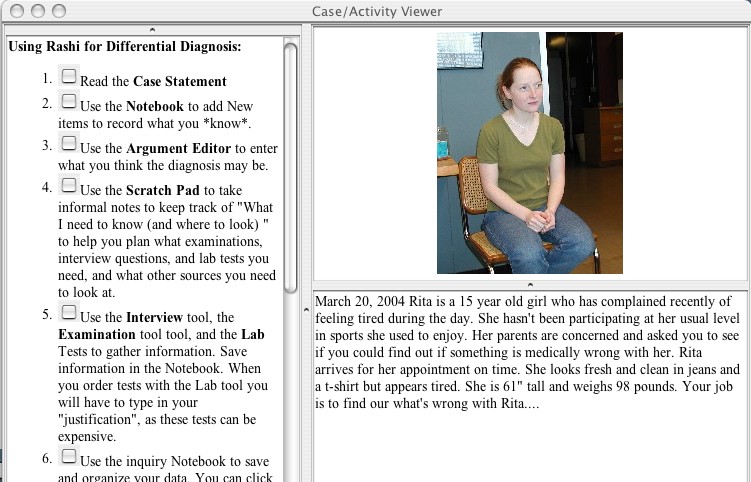
Exam Tool, Interview Tool:
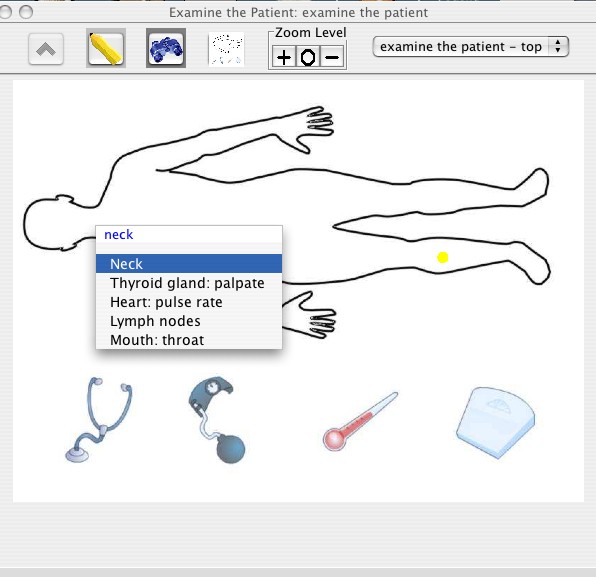
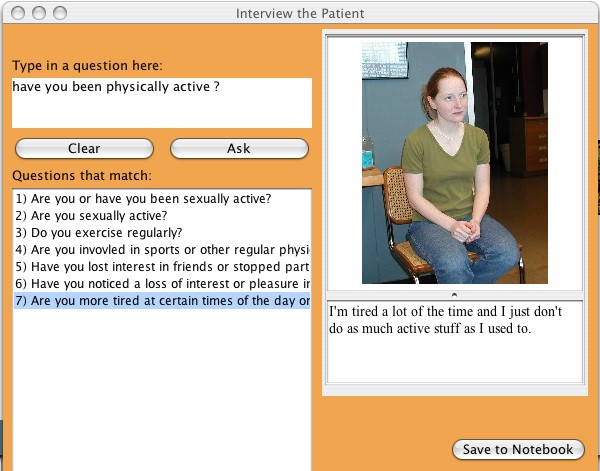
Inquiry Notebook, Argument Tool:

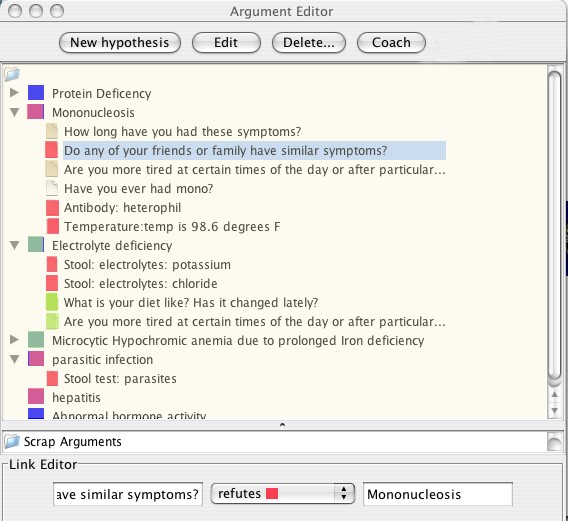
Lab Test Tool, Source Editor
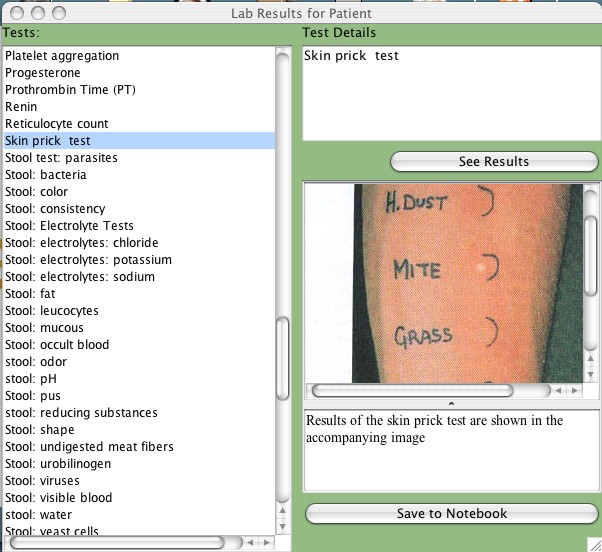
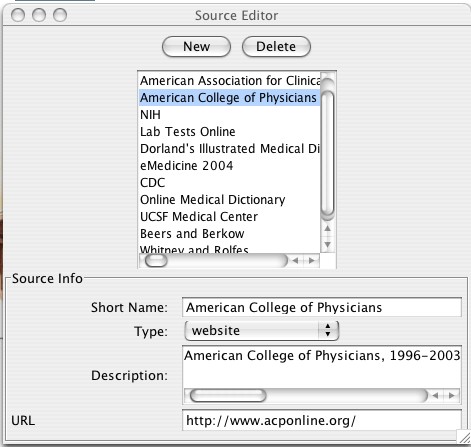
Screen Shots from RASHI Earthquake Fault Tutor:
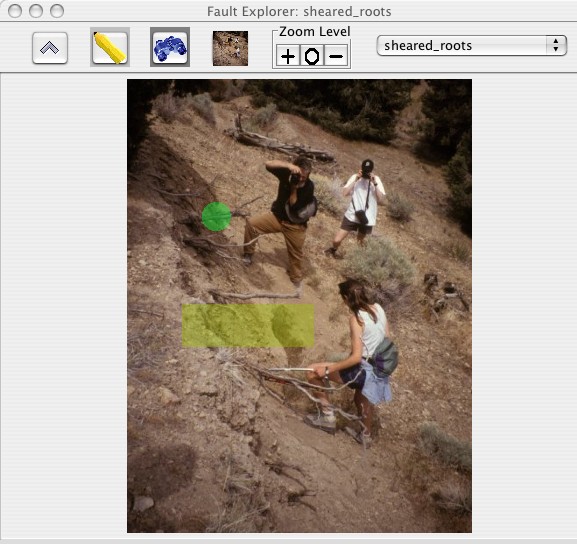
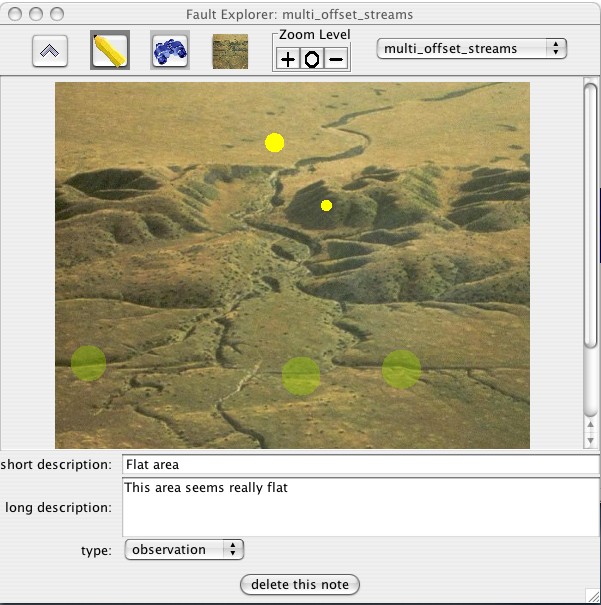
Screen shots from RASHI Forest Ecology Tutor:
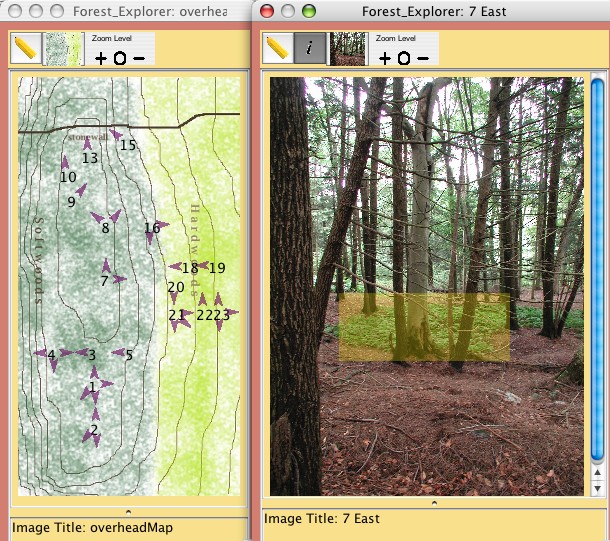
Users:
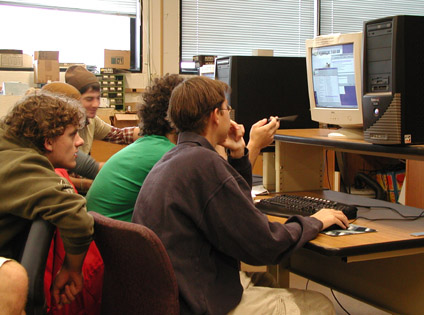
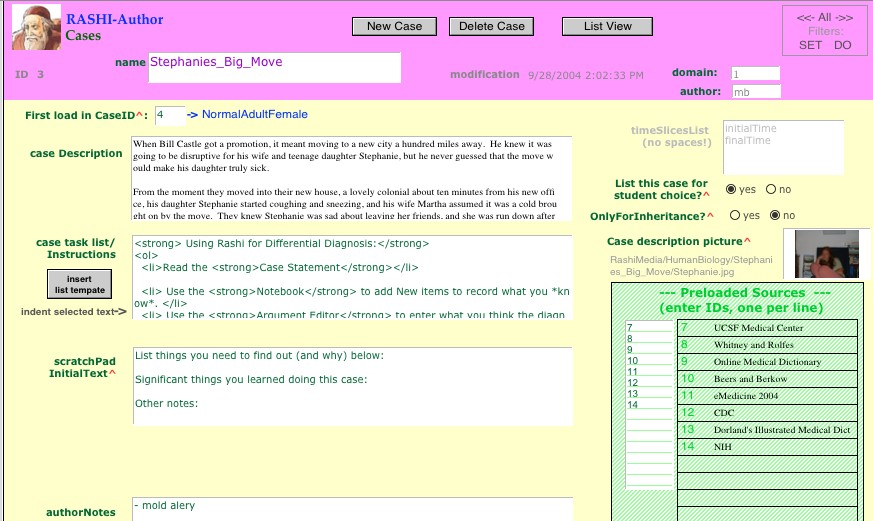
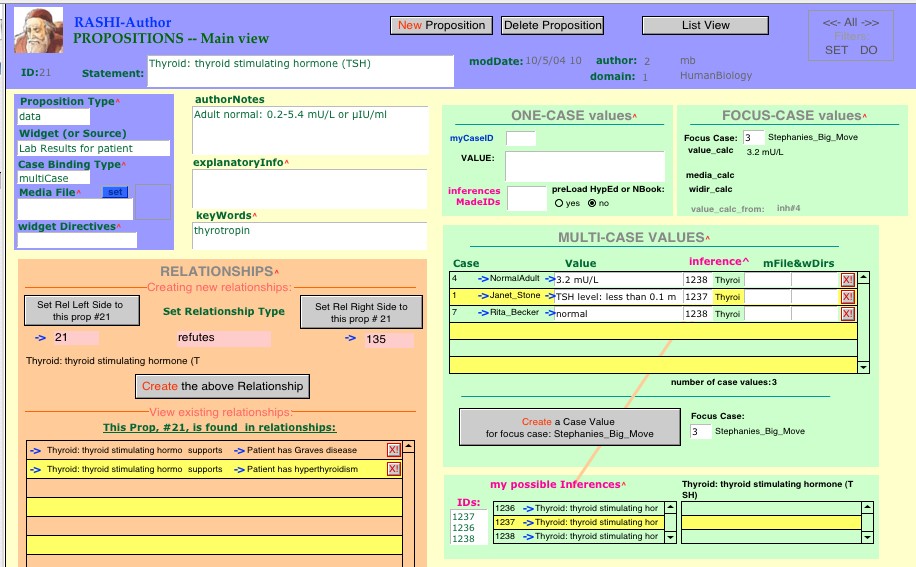
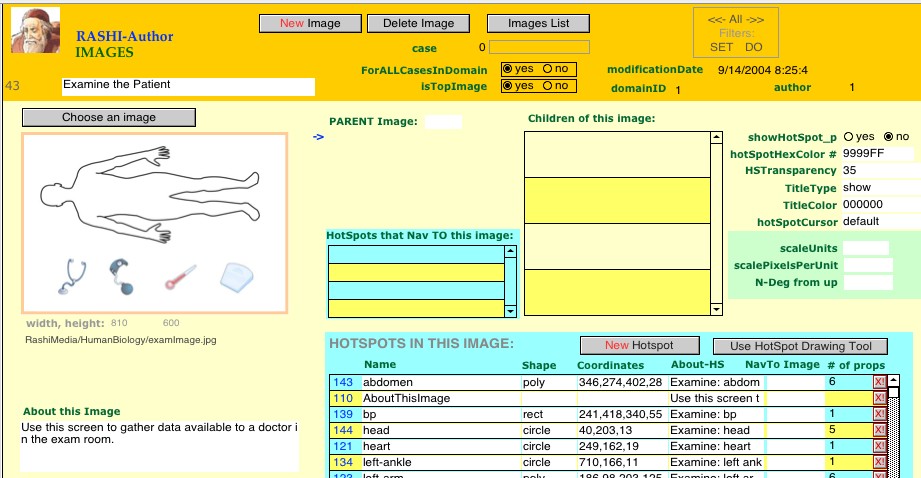
Models:
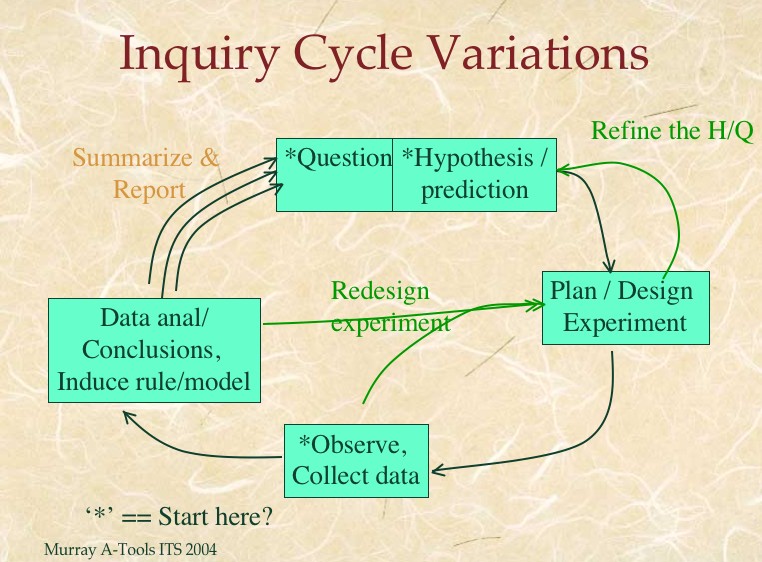
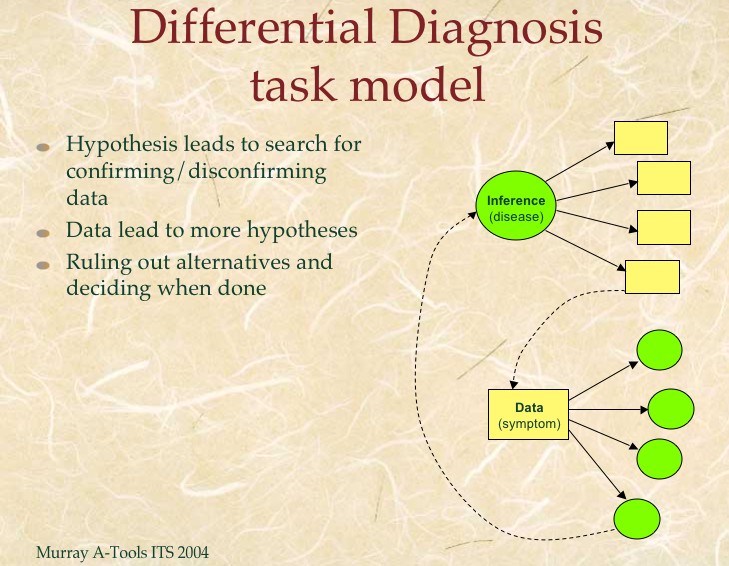
Summary Instructions:
Overview of using Rashi for Differential Diagnosis:
The differential diagnosis process involves maintaining a list of hypotheses of what the diagnosis is, and continuously gathering evidence that will support or refute each hypothesis, in an effort to rule out all but one hypothesis.
Use medical reference sources in the book shelf or on the web to help diagnose the patient and decide what tests or examinations you will need. See the Rashi Sources tool to keep track of your sources.
Use the Interview tool to ask the patient questions; the Examination tool for physical examination; and the Lab Test tool to order lab tests (you will have to type in your "justification" before ordering a lab test, as they can be expensive.) Save all of your data to the Notebook.
Use the inquiry Notebook to save and organize your data. You can also enter your own data or inferences if you know something in addition to what is available from the Interview, Exam, or Lab tools. Use the Argument Editor to enter your diagnosis hypotheses, and to show what data supports and refutes each of them.